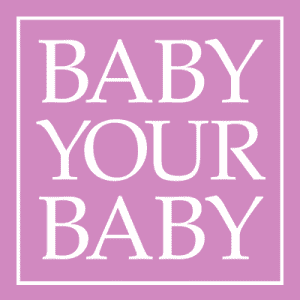Infant sleep-related deaths are the leading cause (41%) of death for Utah infants ages one month to one year. The majority of these deaths were in an unsafe sleep environment. Placing infants on their backs to sleep and providing them with a safe sleep environment reduces the risk of SIDS as well as deaths from other causes, such as suffocation.
Safe Sleep Recommendations
The American Academy of Pediatrics and the National Institutes of Health recommends the following to keep baby safe:
- Always place your baby on his or her back to sleep, for naps and at night.
- Babies should not sleep in an adult bed, on a couch, or on a chair alone, with you, or with anyone else. The safest place for your baby is in your room but in a separate sleeping area, such as a crib. This will also help with breastfeeding, which has been shown to reduce the risk of SIDS.
- Use a firm sleep surface. Mattresses should be a safety-approved crib, covered with only a fitted crib sheet.
- Do not use pillows, blankets, or crib bumpers anywhere in your baby’s sleep area. This reduces the risk of SIDS, suffocation, entrapment, and strangulation.
- Keep soft objects, toys, and loose bedding out of your baby’s sleep area.
- Do not smoke or let anyone smoke around your baby.
- Dress your baby in light sleep clothing, such as a one-piece sleeper, and do not use a blanket. This will help your baby avoid overheating.
- Consider giving your baby a pacifier that is not attached to a string for naps and at night to reduce the risk of SIDS.
- Do not use commercial devices marketed to reduce the risk of SIDS, such as wedges, positioners, special mattresses, etc.
- Give your baby plenty of Tummy Time when he or she is awake and she someone is watching. Tummy Time helps build strength and to avoid flat heads.
- Pregnant women should receive regular prenatal care; avoid alcohol and drug use during pregnancy and after birth; and Breastfeed baby.

 Free info for you and your baby! Text BABY to 511411
Free info for you and your baby! Text BABY to 511411